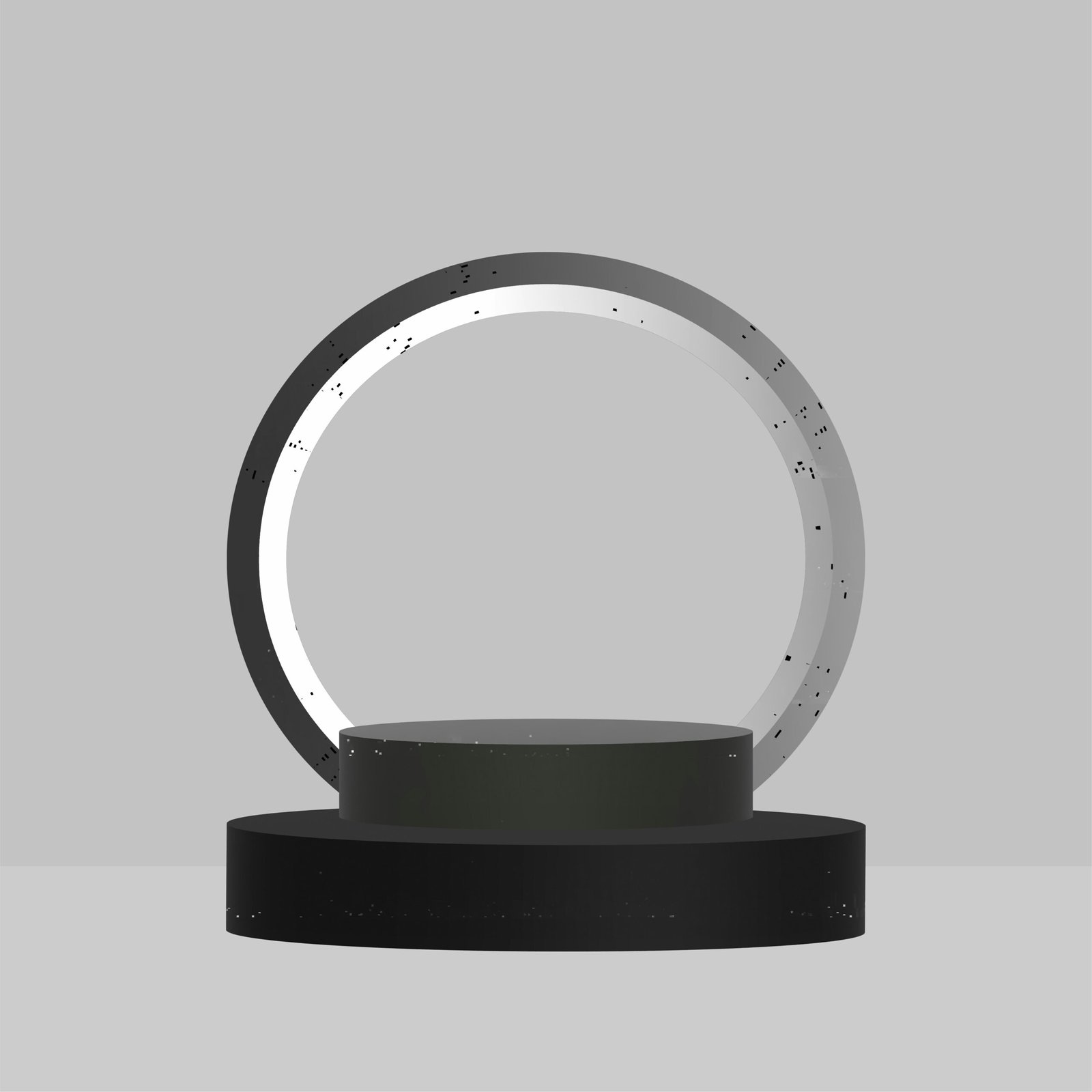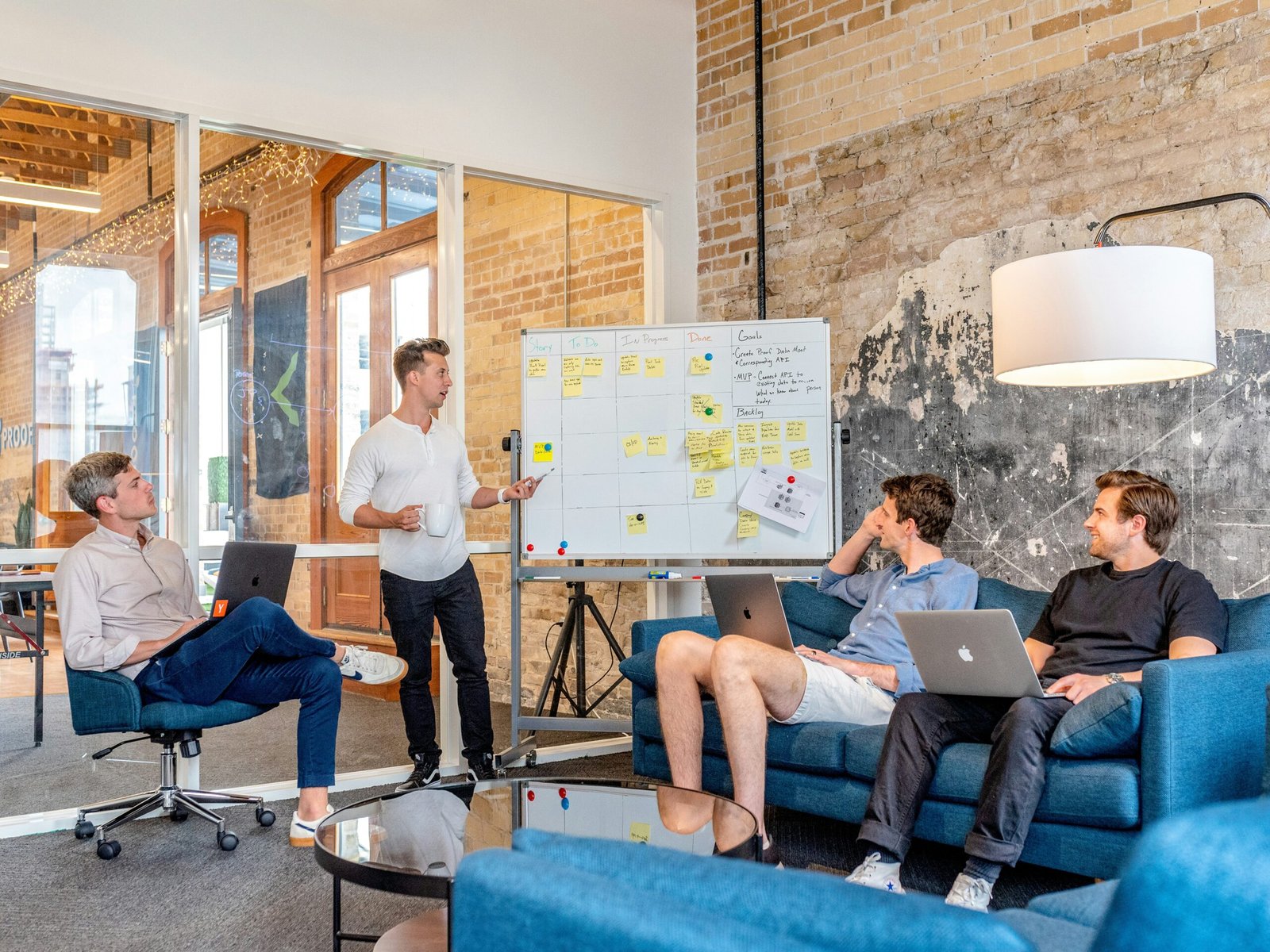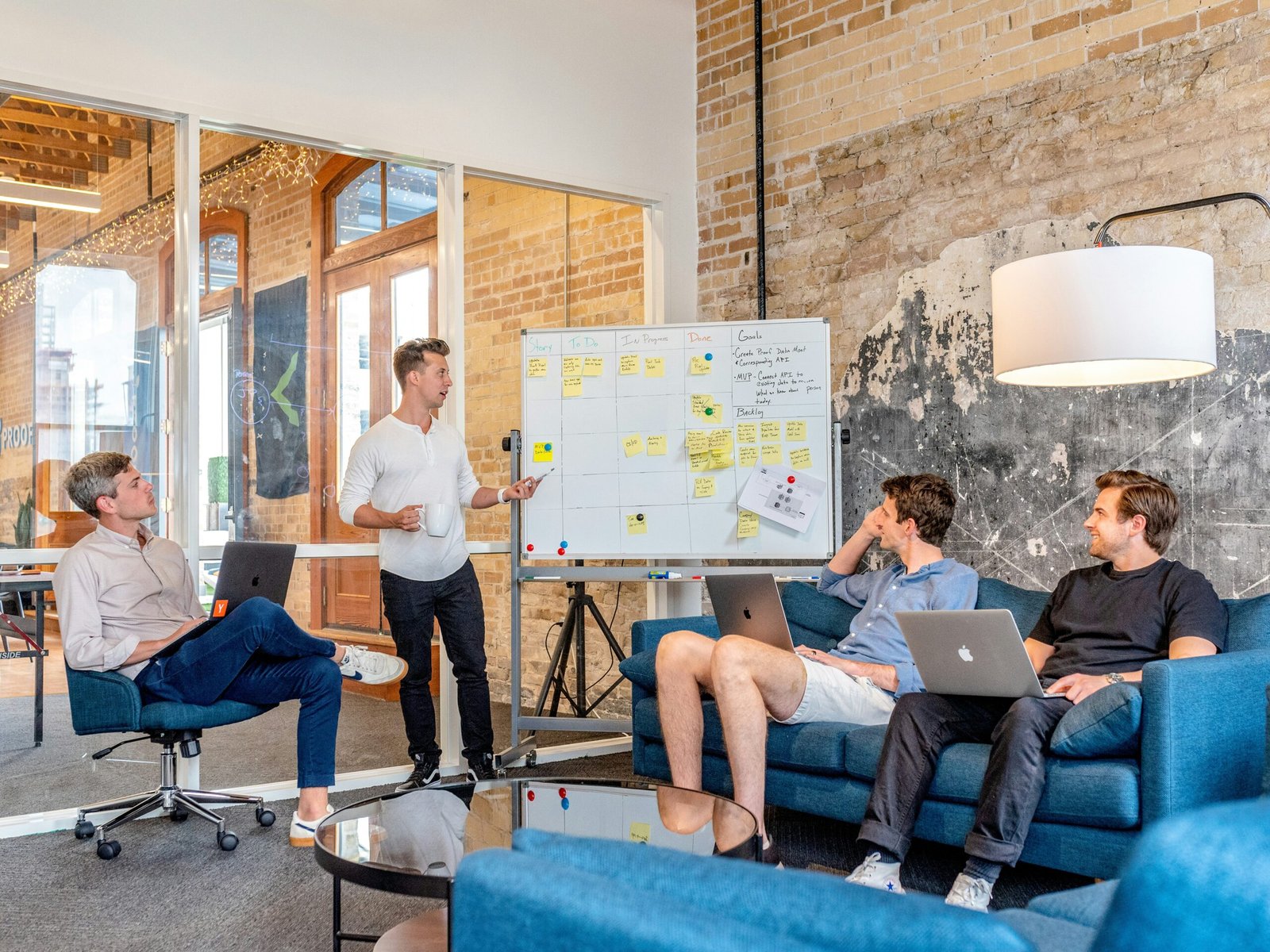Enhancing SaaS Conversion Rates: The Power of Product Tours
Introduction to SaaS Product Tours
SaaS product tours are guided walkthrough experiences designed to enhance user engagement during the onboarding process of software-as-a-service (SaaS) platforms. These interactive tutorials enable users to explore the software’s features and functionalities in a structured manner, allowing them to familiarize themselves with the product before diving deeper into its capabilities. By providing a comprehensive overview of key functionalities, product tours aim to reduce the learning curve faced by new users and facilitate a smoother transition into the software environment.
The primary purpose of a SaaS product tour is to empower potential customers to experience the value of the software without feeling overwhelmed. This risk-free exploration fosters a sense of comfort and confidence, encouraging users to delve further into the product. Essentially, a well-crafted product tour illustrates how the SaaS solution can address the specific needs and challenges of users, thereby driving user adoption and ultimately improving conversion rates.
Furthermore, product tours have the added benefit of highlighting unique selling points that differentiate the software from competitors in a crowded marketplace. By guiding users through core features, such tours can create a lasting impression and showcase tangible benefits effectively. In addition to enhancing the user experience for new customers, product tours can also serve as a valuable resource for existing users seeking to maximize their use of the software, ensuring they are fully aware of the functionalities available at their fingertips.
In summary, SaaS product tours play a critical role in enhancing user engagement and satisfaction. By simplifying the onboarding process and allowing users to explore the software in a supportive environment, product tours are essential tools for any SaaS company looking to improve its conversion rates and maintain long-term customer relationships.
The Importance of Product Tours for User Engagement
User engagement is a critical metric in the Software as a Service (SaaS) industry, as it directly influences customer acquisition, retention, and overall satisfaction. In a competitive landscape where numerous solutions are available, it becomes essential for businesses to effectively captivate potential customers from the very beginning of their interaction with the product. A well-designed product tour serves as a valuable tool in achieving this goal, offering an immersive and informative introduction to the software.
Product tours can significantly enhance user engagement by guiding prospective users through the functionalities and benefits of the product. By showcasing key features and use cases, these interactive experiences help users understand how the software solves their specific problems. This not only fosters interest but also builds a stronger emotional connection with the product, ultimately driving users toward making a purchasing decision. Moreover, an engaging product tour can illuminate unique selling propositions that may set a SaaS offering apart from its competitors.
Furthermore, product tours address the challenge of onboarding. Many users abandon software solutions because they feel overwhelmed or confused during the initial stages. An engaging product tour mitigates this issue by providing users with a step-by-step overview of the platform, ensuring that they are well-informed and capable of fully utilizing the software’s capabilities. As awareness grows, users are more likely to appreciate the value that the product brings, leading to increased retention rates.
In summary, product tours play an essential role in enhancing user engagement within the SaaS landscape. By effectively educating potential customers about the product, they not only maintain interest but also contribute to higher conversion rates and a more loyal user base. Implementing engaging product tours can thus be a strategic investment for SaaS businesses aiming to optimize their overall performance and achieve sustained growth.
Understanding the Value Proposition of Your SaaS Offering
In the competitive landscape of Software as a Service (SaaS), clearly defining and articulating the unique value proposition (UVP) of your offering is essential. The value proposition serves as a critical element that distinguishes your product from other market options, outlining the benefits and features that address specific customer needs. A well-defined UVP speaks directly to the pain points and challenges faced by potential users, making it a vital aspect of your marketing strategy.
Product tours play a significant role in communicating your SaaS product’s value proposition effectively. By providing a structured walkthrough of your software, product tours enable users to gain firsthand experience of the features and benefits your solution offers. These interactive guides facilitate a deeper understanding of how your features directly meet user needs, ultimately enhancing their overall perception of your product’s capabilities. For example, prospective customers can visually grasp how your SaaS solution can simplify tasks, improve efficiency, or reduce costs.
Additionally, product tours can help in illustrating real-world applications of your software, solidifying its relevance and appeal. By highlighting case studies or user testimonials throughout the tour, you can create a narrative that positions your SaaS offering as a necessary tool for users to overcome their challenges. This strategic approach ensures that prospective customers not only see the functional aspects of your product but also comprehend the tangible benefits they will receive.
Ultimately, a compelling value proposition combined with effective product tours enhances the user onboarding process, thus encouraging higher conversion rates. By clearly demonstrating how your SaaS product aligns with user needs, you foster trust and credibility, making it easier for potential customers to make informed decisions regarding their software purchases.
Strategies for Designing Effective Product Tours
Designing an effective product tour is essential for enhancing the user experience and ultimately improving conversion rates for Software as a Service (SaaS) offerings. To achieve this, it is critical to integrate user experience design principles that ensure the tour is engaging and informative. Start by understanding your target audience; gather insights about their preferences and pain points to tailor the product tour accordingly.
Incorporating multimedia elements can significantly enhance the product tour experience. Visual aids, such as images, videos, and animations, can provide a more compelling narrative than text alone, allowing users to grasp complex concepts quickly. These elements should serve a purpose, illustrating functionalities or showcasing benefits effectively without overwhelming the user.
Providing clear and concise instructions during the product tour is vital for user engagement. Make use of tooltips, pop-ups, or highlight features to guide users step-by-step through the tour. This clarity helps users understand the actions they need to take and enhances their confidence in navigating your SaaS platform. Additionally, employing consistent language and terminology throughout the tour can further eliminate confusion.
Segmenting user paths based on individual preferences can also optimize the effectiveness of your product tour. By analyzing user behavior and allowing for personalized pathways, you can cater the experience to meet different user needs, thus increasing the likelihood of engagement and conversion. The tour can adapt based on users’ backgrounds, previous interactions, or specific interests, ensuring relevance.
Lastly, it is crucial to keep the product tour concise while maximizing information delivery. A common pitfall is overwhelming users with too much information at once. Aim to distill the most critical features and benefits into digestible segments that retain user interest. Balancing brevity with thoroughness can create a powerful tour that resonates with users and enhances their onboarding experience.
Incorporating User Feedback into Product Tours
Gathering and analyzing user feedback is crucial for the continuous improvement of product tours in the Software as a Service (SaaS) sector. User feedback provides valuable insights into how real users interact with product tours, helping developers to identify strengths and weaknesses in their current designs. By implementing effective feedback mechanisms, companies can gain a deeper understanding of user needs, leading to enhanced usability and engagement.
One of the primary strategies for incorporating user feedback is the integration of in-app surveys or feedback forms. These tools can prompt users to share their thoughts immediately after completing a product tour, providing timely data on their experiences. It’s essential for these mechanisms to be unobtrusive, ensuring that they do not disrupt the user experience. Regularly reviewing and analyzing this feedback allows developers to pinpoint common pain points, which can then be addressed in subsequent tour iterations. Similarly, tracking user behavior can illustrate how effectively the product tours guide users through features and functions.
Another effective approach is to conduct user testing sessions to observe how users interact with the product tour proactively. This method can uncover implicit challenges users may not consciously recognize, highlighting areas that need refinement. Additionally, A/B testing different versions of product tours can provide quantitative data on which elements resonate most with users. As they gather insights, developers should iterate on the tour designs accordingly, adapting to evolving user needs and behaviors. The goal is to create a dynamic product tour experience that adapts to user feedback and enhances their journey through the SaaS offering.
In conclusion, incorporating user feedback into product tours is vital for achieving higher conversion rates and improving user satisfaction. By regularly analyzing user responses and behavior, SaaS developers can create meaningful enhancements that resonate with their audience, ultimately leading to more engaged users and successful product adoption.
Leveraging Analytics to Measure Product Tour Success
Analytics plays a crucial role in understanding the effectiveness of product tours in a Software as a Service (SaaS) environment. By employing data-driven strategies, companies can evaluate various key performance indicators (KPIs) to gain insights into user interactions, engagement levels, and the overall impact of product tours on conversion rates. These KPIs can serve as a valuable foundation for optimizing product tours to improve user experience and drive business objectives.
One of the primary metrics to monitor is the user engagement rate, which reflects how actively users interact with the product tour. High engagement rates suggest that users find the tour valuable, while low rates indicate the need for improvements in design or content. Tracking how many users start and finish the tour is essential; completion rates can signal whether the content is engaging enough to retain user interest throughout the entire process.
Subsequent conversion rates are another critical KPI, as they measure the effectiveness of product tours in converting users. Analyzing the correlation between product tour completions and new customer sign-ups or upgrades can reveal whether the tour successfully addresses user pain points and showcases the product’s value effectively.
Several tools and techniques are available for tracking these important metrics. Analytics platforms, such as Google Analytics or Mixpanel, offer valuable insights into user behavior during and post-product tours. Integrating heatmaps and session recordings can further illuminate areas of user struggle or disengagement within the tour. By leveraging this wealth of data, SaaS companies can iterate on their product tours, ensuring they continually improve the user experience while enhancing conversion rates.
Case Studies: Successful SaaS Product Tours
Examining real-world examples of successful SaaS companies that have effectively implemented product tours reveals tangible evidence of their impact on conversion rates and customer satisfaction. One notable case is that of Intercom, a customer messaging platform, which created an engaging product tour that provided users with clear guidance through its various features. By utilizing interactive elements and not overwhelming new users with information, Intercom witnessed a 16% increase in sign-up conversion rates post-implementation. This underscores the significance of a well-structured product tour in easing the onboarding process and enhancing user experience.
Another company, Slack, implemented its product tour with a focus on guiding potential users through its collaboration features. Their approach utilized tooltips and in-app banners to direct attention to crucial functionalities, allowing users to visualize the benefits of using Slack in real-time. Following the introduction of this intuitive product tour, Slack experienced an increase in user retention by 20%, illustrating how effective onboarding can lead to long-term customer engagement. The integration of a visually appealing and informative product tour thereby played a critical role in enhancing Slack’s overall conversion strategy.
A third example can be found with Asana, a project management tool. Asana’s product tour showcased its key capabilities through an interactive demo that seamlessly introduced users to its various tasks, projects, and team collaboration features. This proactive approach resulted in a significant boost in trial-to-paid conversion rates, reportedly up by 25%. This case demonstrates that a thoughtfully designed product tour not only facilitates users’ understanding of the service offered but also significantly contributes to overall sales performance.
These case studies provide compelling evidence of how product tours can enhance SaaS companies’ conversion rates. By using engaging, informative, and interactive tours, these successful companies have been able to guide new users efficiently, ultimately leading to greater satisfaction and retention.
Common Mistakes to Avoid When Creating Product Tours
Creating an effective product tour is crucial in enhancing the conversion rates of Software as a Service (SaaS) businesses. However, several common pitfalls can derail this objective, leading to poor user engagement and ultimately resulting in decreased conversions. One significant mistake is overwhelming users with excessive information. When users are bombarded with too many features and details in a single session, it can lead to confusion and frustration. Instead, it is essential to streamline the tour, ensuring that it highlights key functionalities without inundating the user with unnecessary jargon or technicalities.
Another critical oversight is the lack of personalization in product tours. Each user has distinct needs and preferences; a one-size-fits-all approach may fail to resonate with them. By tailoring product tours to address specific user segments, businesses can enhance relevancy and improve the user experience. This could involve analyzing user behavior data and leveraging it to showcase features that address individual challenges or preferences, thereby making the tour more impactful.
Moreover, neglecting the overall user experience can significantly undermine the effectiveness of product tours. If the tour interface is not user-friendly, or if it disrupts the user’s natural workflow, it can lead to frustration and abandonment of the product. It’s essential to design product tours that are intuitive and integrate seamlessly into the overall application. Providing users with the ability to navigate freely, skip sections, or revisit components at their convenience empowers them to engage with the product on their terms.
In conclusion, avoiding these common mistakes—information overload, lack of personalization, and poor user experience—can significantly enhance the overall effectiveness of product tours. By strategically addressing these areas, SaaS businesses can create compelling experiences that facilitate higher conversion rates and foster user retention.
Conclusion: The Future of SaaS Product Tours
The landscape of Software as a Service (SaaS) is continually evolving, driven by the rapid advancements in technology and changing customer expectations. As businesses strive to differentiate themselves in a saturated market, the role of product tours has become increasingly vital. Product tours offer a unique opportunity to showcase features and capabilities, guiding potential users through the functionality of a software solution effectively. By emphasizing usability and engagement, these tours not only enhance the initial user experience but also significantly contribute to higher conversion rates.
Personalization emerges as a cornerstone of successful product tours. As users have different preferences and needs, tailoring experiences can lead to a deeper connection with the software. This shift towards personalized interactions allows SaaS companies to cater to various user personas, ensuring that demonstrations resonate with their specific requirements. This level of customization cultivates an environment where users feel valued and understood, ultimately motivating them to take action.
Continuous innovation is pivotal for maintaining the relevance of product tours in the SaaS arena. As companies experiment with new technologies, such as artificial intelligence and machine learning, they can develop more dynamic and responsive tours. Incorporating these cutting-edge solutions can streamline the onboarding process, pinpointing user challenges proactively and providing instant support. The future of SaaS product tours is marked by a blend of interactivity and intelligence, crafting experiences that not only retain users but also convert them into loyal customers.
In conclusion, the significance of effective product tours in enhancing SaaS conversion rates cannot be overstated. As we advance further into a digital-first world, focusing on personalized, innovative approaches will be essential for SaaS companies aiming to improve user experiences and foster growth. By embracing these strategies, businesses can better position themselves to thrive in an increasingly competitive marketplace.






